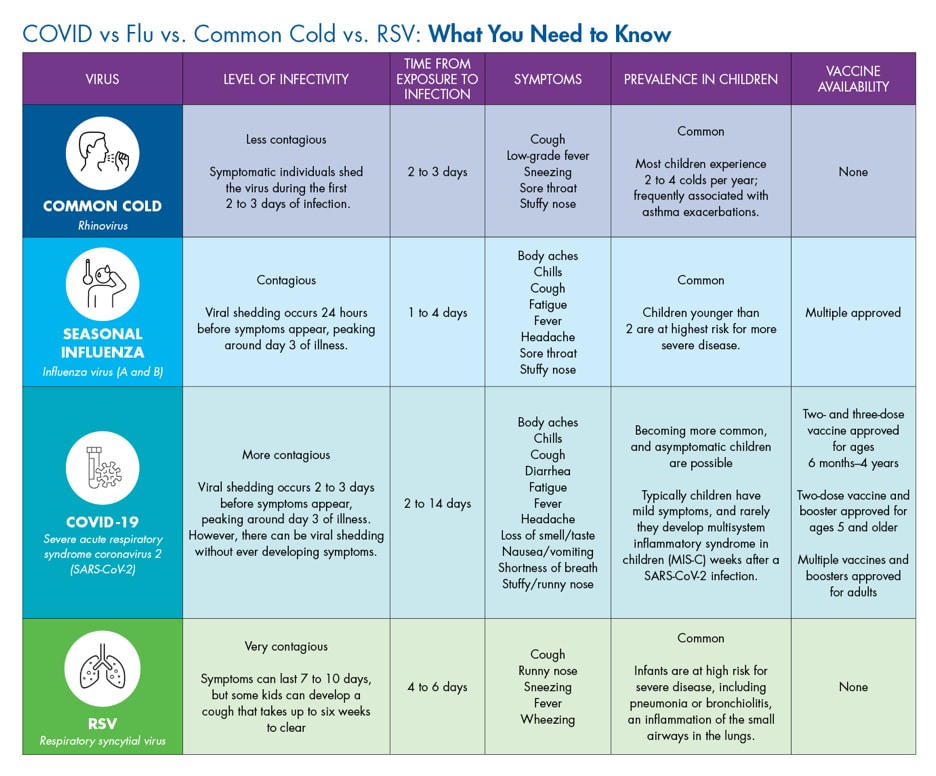Respiratory tripledemic getting worse

Hospitals across the region are experiencing a strain on their capacities due to a spike in respiratory illnesses during what has been referred to as a tripledemic.
Local public health officials expressed concerns about potential hospital capacity issues in recent weeks as a combination of influenza, COVID-19 and RSV has hit Europe and much of the United States.
Monroe County Health Department Director John Wagner said that locally, the recent spike in RSV in young children has been going down while cases of the flu and COVID have been increasing.
He noted that this trend was largely anticipated while similar case rates occurred elsewhere in the country.
“It’s what was expected,” Wagner said. “We knew this was coming. This is not some unexpected wave.”
Wagner also expressed his hope for further relief when it comes to pediatric healthcare, as the lack of available beds for children suffering from RSV has been among the top concerns in recent weeks.
“It’s looking like that’s what’s going to happen, that RSV is going to start to tail off a little bit,” Wagner said.
Nearby hospitals have reported on their recent struggles as well.
Red Bud Regional Hospital Director of Marketing Meghan Markotay described an increase in “RSV, flu and other respiratory-related illnesses in the ER and physician clinics.”
She added that patient volumes and the severity of patient illnesses change quite frequently at RBRH, though the hospital does currently have beds available to take care of additional patients.
In St. Louis, the Barnes-Jewish Hospital network has dealt with its own severe increase in patients suffering from respiratory illnesses.
Dr. Robert Poirier, clinical director of Barnes-Jewish Hospital’s emergency department, said they are very nearly at capacity and are taking special measures to adjust to the influx of patients.
Poirier noted the combination of the three big respiratory illnesses this flu season has led to the capacity issues, adding, “It’s really additive. It’s the trio.”
He described flu numbers as doubling week-to-week for some time, with this week experiencing a lower increase of about 10-20 percent.
COVID rates, Poirier said, have been slightly more stable but have still seen an increase, and cases of RSV in the children’s hospital have also stabilized.
Dr. Rachel Orscheln, Washington University pediatric infectious disease specialist at St. Louis Children’s Hospital, described a similar increase in cases over the last few weeks.
She specifically noted a decrease in the RSV curve, a very sharp increase in the flu curve and a steady increase in COVID cases that were previously at a consistent baseline.
These numbers naturally lead to a strain on hospital capacity, but Poirier added there can often be upwards of 40 individuals in the waiting room to be seen in order based on how severe their symptoms are.
Poirier said this also leads to other issues in the hospital, with medical professionals experiencing increased stress and burnout as they are forced to cover for ill peers while the medical field continues to see workforce stability issues amid the COVID-19 pandemic.
Poirier points to a number of issues as factors that may have contributed to this recent respiratory surge.
Many individuals, he said, are simply tired of wearing masks and practicing social distancing.
Poirier noted the emphasis on those practices over the last three years might have contributed as well.
With the flu rates so low during the height of pandemic safety procedures, individuals’ antibodies might not be primed and ready to handle a flu season without those precautions.
Orscheln expressed a similar point in the potential lack of recent immunity, as exposure to influenza helps the body develop some protections against it.
Poirier also mentioned the fact flu season started substantially early this year, with a rise in cases in October – when most people are getting their flu vaccinations – rather than in winter.
A lower-than-usual flu vaccination rate could also play a role, he said.
“Those who are not vaccinated with the flu vaccine typically are sicker,” Poirier said, “they are admitted at a much higher rate and they die at a much higher rate than those who are vaccinated, so the unvaccinated put a higher burden on the healthcare system when they do get sick.”
Looking ahead, Poirier noted that further holiday celebrations and gatherings are likely to result in an additional increase in cases.
Orscheln said current data isn’t exactly hopeful, but the rate of cases must come down sometime.
“At some point it has to peak and then it will come down,” Orscheln said. “I’m not sure when that will happen, and if you look at case numbers it’s not very promising, but at least the hospitalization information is a little bit more encouraging.”
In regard to precautions individuals can take to ensure their own health and the health of those around them, both Poirier and Orscheln attested to the efficacy of pandemic health protocols.
Both described the need for individuals experiencing symptoms to wear a mask around others and, optimally, to stay home if possible.
“The flu rates we saw during the main COVID pandemic were extremely low,” Poirier said, “and so we know that masking and isolating yourself when sick does work, and so that is one way we could quickly get a handle on what’s going on and reduce the burden on the hospitals now that are starting to hit capacity.”
Both doctors also placed a particular emphasis on preventing the spread of illnesses to the elderly, immunocompromised and others who are especially susceptible to these illnesses, with masks playing a key role.
“We have learned how to prevent the spread of respiratory viruses,” Orscheln said. “If you’re sick, certainly it’s important to stay home if you can, be tested for respiratory viruses depending on your situation and if you’re symptomatic, wear a mask around other people. That is a way to reduce the spread of respiratory viruses to other people.”
Poirier and Orscheln also recommended vaccinations, encouraging individuals to get a COVID vaccine or booster shot and also noting that it’s not too late to get vaccinated for the flu.






